There are few flowering plants in bloom now. The wattle is almost ready but as yet is grey-green with just a promise of gold. Most of the bulbs have shot through the grass but only one or two isolated jonquils have opened their scent to the light and air.
And yet from the damp edges of my verandah I can see clumps of creamy-beige flowers pushing up old mown grass. They are not something I have planted; I have never seen these in my yard before.
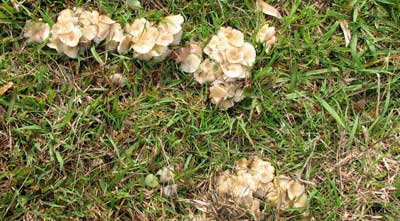
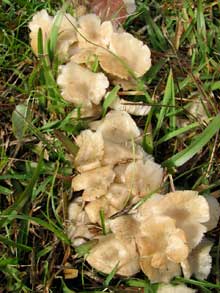 When the rain eased I went closer. Not flowers, but extremely over-populated fungi. Cream to pale caramel, delicate yet fleshy all at once, their lightly fringed caps upturn like the faces of flowers. Fighting for space and light, they fold and layer and then triumphantly open — my blooms.
When the rain eased I went closer. Not flowers, but extremely over-populated fungi. Cream to pale caramel, delicate yet fleshy all at once, their lightly fringed caps upturn like the faces of flowers. Fighting for space and light, they fold and layer and then triumphantly open — my blooms.
 A few days later they are still there, and then I think I see a new colony several metres away, near the leafless birch trees.
A few days later they are still there, and then I think I see a new colony several metres away, near the leafless birch trees.
These are in two separate spots. The lower one is definitely the same sort as my fleshy beige blooms, but a small cluster right amongst the jonquils seems whiter.
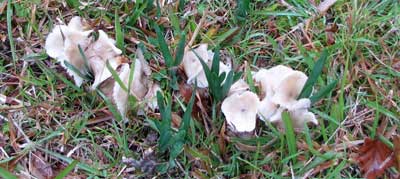
Indeed they are, perhaps because the most recently emerged, but they are also more convoluted and this I think must be because they have had to grow through the jonquil bulbs and around their leaves, tougher than grass.
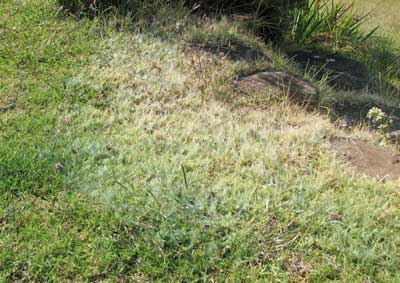
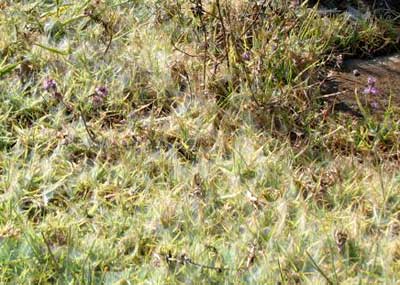
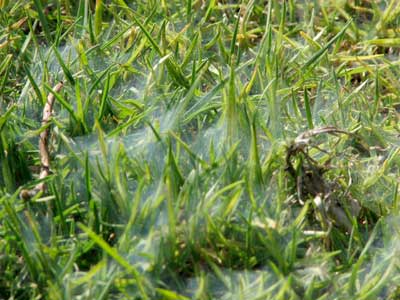
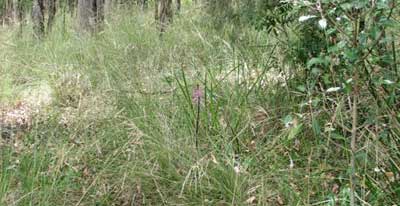

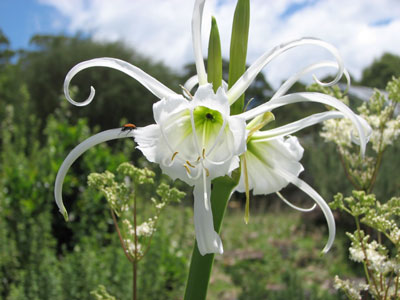
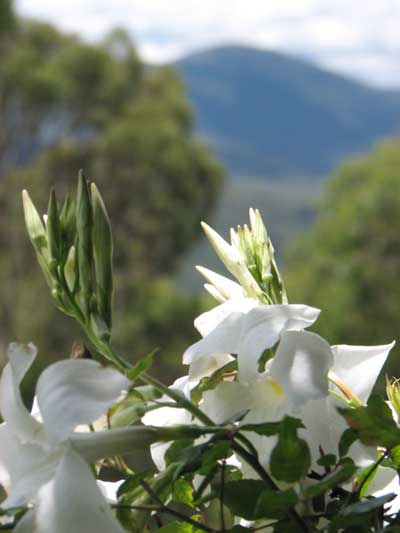
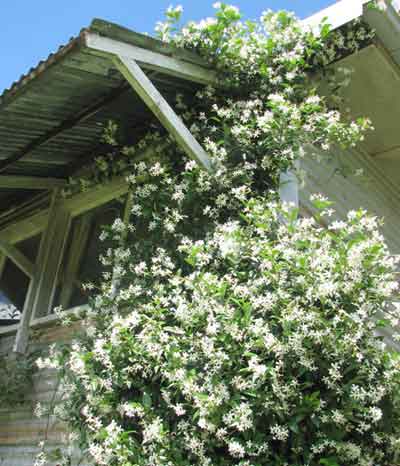
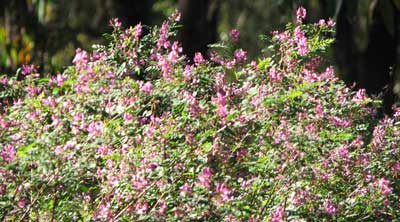

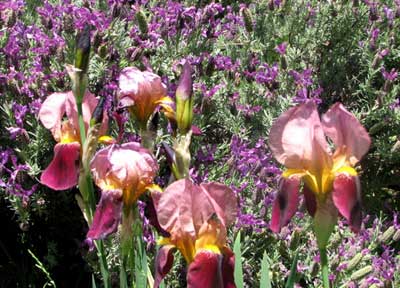

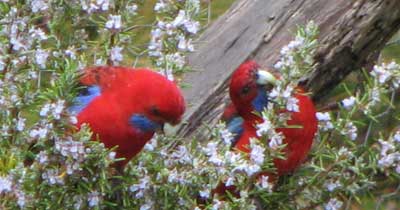

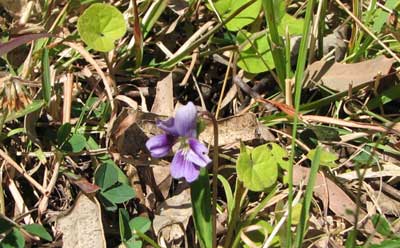

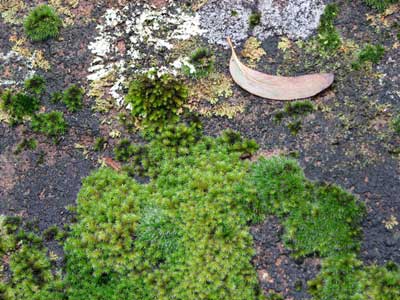
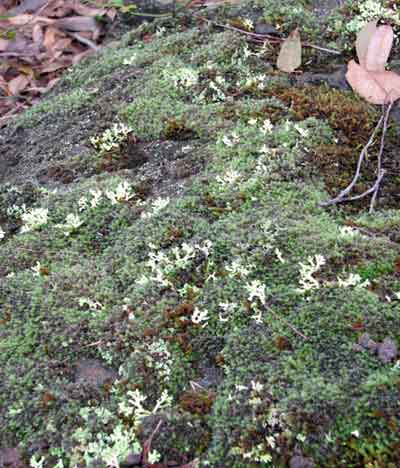
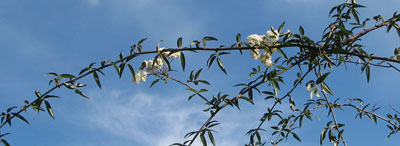

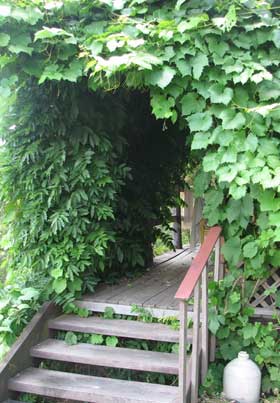 In Autumn the ornamental grape and wisteria vines on my verandah were a visual treat — a rich riot of warm colours.
In Autumn the ornamental grape and wisteria vines on my verandah were a visual treat — a rich riot of warm colours.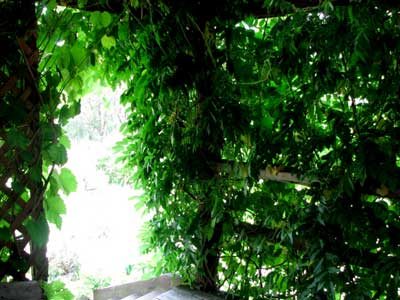
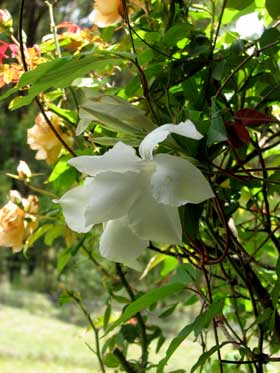 ‘Pray enter a refuge from the glare and heat of summer’, say my front steps, leading to a doorway in the vines.
‘Pray enter a refuge from the glare and heat of summer’, say my front steps, leading to a doorway in the vines.